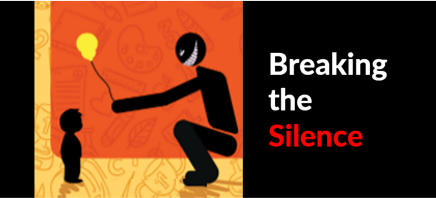
Child abuse is a harsh reality that affects millions of children in India.
In a study conducted by India’s Ministry of Women and Child Development in 2007, 53% of children surveyed said they had been subjected to some form of sexual abuse or the other. The interesting fact to note is that most of the abusers are people known to the victims, like parents, relatives and school teachers. Basis this fact it becomes all the more necessary to train all stakeholders within the school environment on child abuse.
In one of our earlier blogs we addressed the critical issue of child abuse, discussing methods for prevention, as well as effective strategies for responding to reports of child abuse. According to an article in BBC in December 2017, 4 children fall victim to child abuses every hour.
India sexual abuse: ‘Four child victims every hour’ – BBC News
Recent incidents of child abuse in schools have raised concerns about the safety and security of children in educational institutions1.
The disturbing fact of know people being abusers makes children very vulnerable to child abuse. Creating awareness and training children on the different forms of abuse, how to identify child abusers and how to respond appropriately is the solution. It can help to create a culture of safety within the school environment. It also empowers children to speak out if the they know they are victims of abuse.
Training on child abuse can help schools to develop and implement effective policies to prevent and tackle child abuse incidents. These policies and incidents should necessarily include conducting background check on employees, child abuse reporting mechanisms and providing support to victims.
Conducting safety audits can also help in identifying gaps in safety or threats to children that makes them vulnerable to abuse within the school environment. An example of how a safety audit can help in preventing risk to children is by identifying blind spots and taking preventive measures to cover these areas, installing lights in dimly lit areas of the school premises etc.
Incorporating child abuse training within schools doesn’t just stop at awareness; it extends its positive influence by fostering effective communication strategies. These strategies are crucial for ensuring that every stakeholder, from parents to staff, is well-informed about the policies and procedures in place to both prevent and respond to incidents of abuse. This means orchestrating regular meetings that bring parents and staff together, offering information through newsletters, and employing various other forms of communication.
One of the most significant advantages of this training lies in the empowerment it bestows upon children. Equipped with the knowledge and understanding of abuse, children become more adept at recognizing it when it occurs, and they’re more inclined to confide in a trusted adult. This proactive approach can significantly curtail further harm and guarantee that the child receives the essential support they require. In essence, child abuse training forms an integral pillar in the creation of a safe and secure environment for children within our schools. By arming children, teachers, and other stakeholders with the knowledge and skills required to prevent and address abuse, we’re taking concrete steps toward crafting a safer future for our children.
SEP
2023
